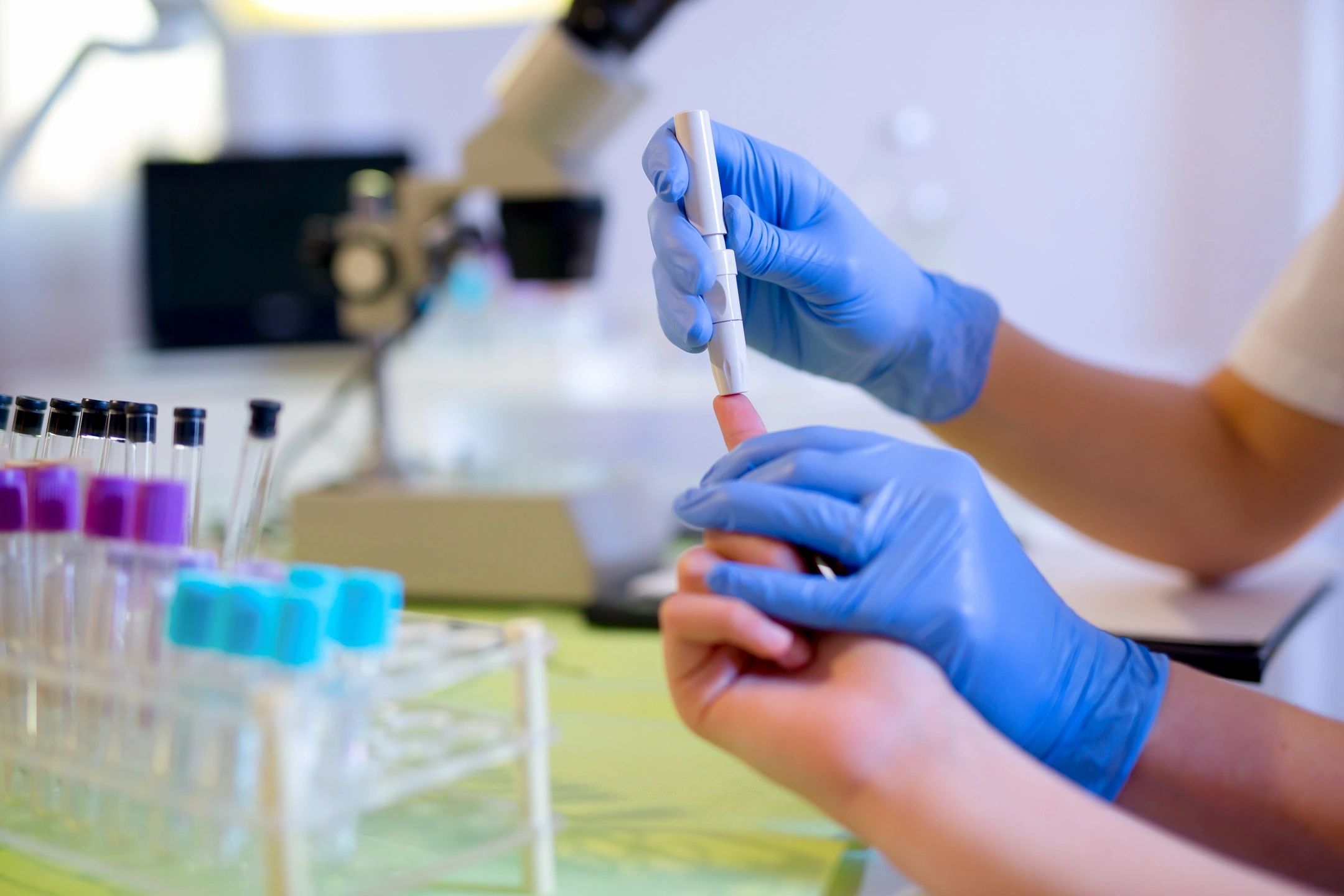
Studies in In Vivo models, allowed to measure both the increase of oxygenation in the blood to nourish the tissues, as well as the hemostatic activity in topical use that allows to interrupt bleeding or hemorrhage to facilitate healing with topical use and its effectiveness in reducing the impact of pathogenic microorganisms in ulcers, Cytoreg® ionic therapy, allowed to clinically prove its efficacy in the pathology of diabetic foot, in a clinical protocol carried out in Venezuela, demonstrating how it facilitates the healing of ulcers. Cytorex continues, research and development continue.
According to the International Diabetes Federation.
- Diabetic foot and lower limb complications are severe and chronic. They affect 40 to 60 million people with diabetes globally. Chronic ulcers and amputations result in a significant reduction in the quality of life and increase the risk of early death.
- Less than one-third of physicians recognize the signs of diabetes-related peripheral neuropathy. The resulting missed diagnoses contribute greatly to the high rates of disease and mortality.
High blood glucose can cause damage to the nerves throughout the body. . Neuropathy is a common complication of diabetes. Nerve damage can be severe and allow lesions to go unnoticed, leading to ulcerations, serious infections and, in some cases, amputations .
Diabetic neuropathy is a disruption of the normal activities of nerves throughout the body and can alter autonomic, motor and sensory functions. Peripheral neuropathy is the most generic form of diabetic neuropathy, affecting the external nerves of the extremities, especially those of the feet. It alters sensory function, causing abnormal sensations and progressive numbness that facilitates the development of ulcers (diabetic foot).
Diabetic foot i is one of the most common, costly and serious complications of diabetes. Amputation in people with diabetes is 10 to 20 times more common than in people without diabetes, and it is estimated that a lower limb or part of a limb is lost somewhere in the world every 30 seconds because of diabetes.
Diabetic foot can result in a significant economic, social, and public health burden; especially in low-income communities, if there is neither an appropriate educational program, nor adequate and suitable footwear.
Sources:
https://idf.org/our-activities/care-prevention/diabetic-foot.html
